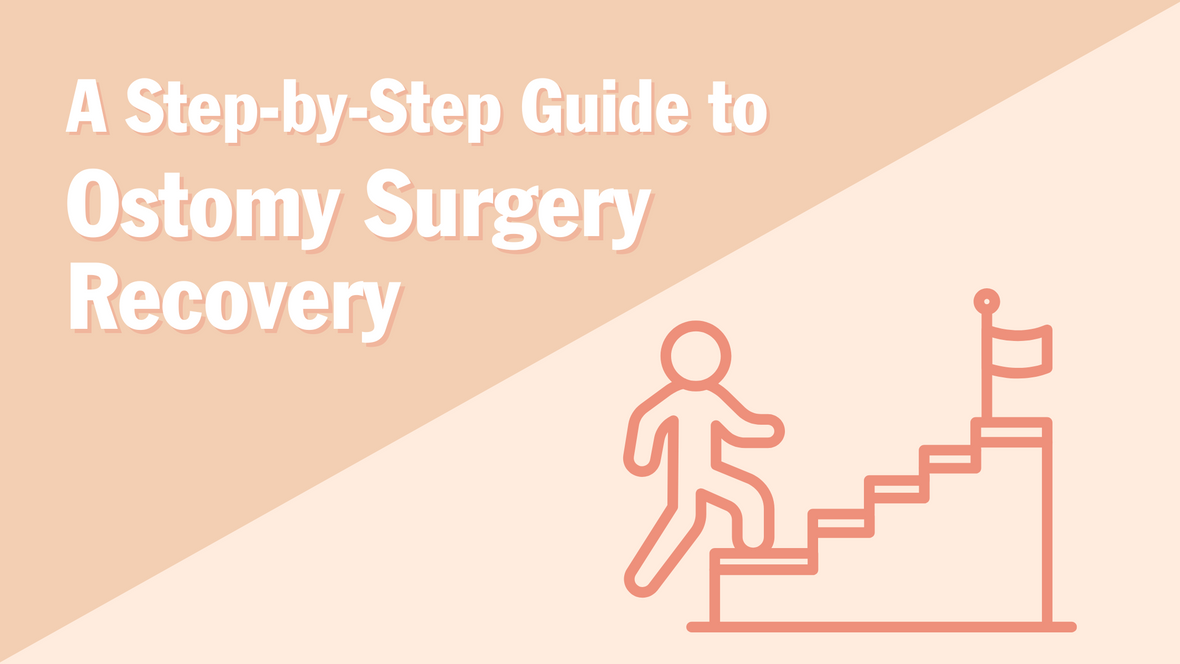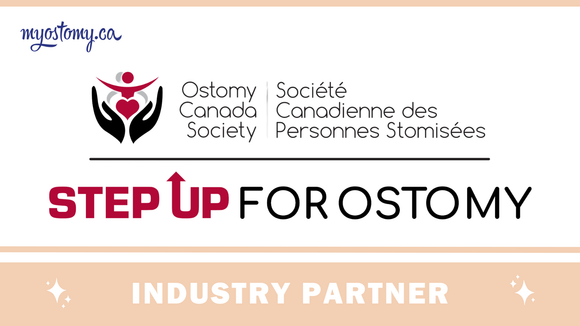
The Ostomy Surgery Recovery Timeline: A Step-by-Step Guide
My Ostomy
Ostomy surgery can mark a major chapter in someone’s life and knowing what to expect during recovery makes the process less overwhelming. While everyone's experience will vary slightly depending on the type of surgery (colostomy, ileostomy, or urostomy), there are general recovery stages most people will go through. Here is a run-down on the ostomy surgery recovery timeline to help guide you through the healing process.
A Quick Note on Surgery Types
As stated, recovery can vary based on the type of ostomy:
-
Colostomy: Formed from the large intestine
-
Ileostomy: Formed from the small intestine
-
Urostomy: Reroutes urine away from the bladder
Before Surgery: What to Expect and Steps to Take
Preparation can help fast-track your recovery process. You will generally be provided with specific guidance in the days leading up to your procedure. Generally, pre-op preparation includes:
-
Discussions with your surgeon and possibly an NSWOC (Nurse Specialized in Wound, Ostomy, and Continence) to plan your stoma location
-
Instructions on fasting or bowel prep depending on the surgery type
-
Emotional preparation and guidance on what to bring to the hospital
-
Stocking up on loose, comfortable clothing
Meeting with an NSWOC in advance can be helpful—they’ll provide insight on life after surgery and product options.
Immediately After Surgery (Hospital Stay)
Most patients stay in the hospital for 3 to 10 days after surgery, depending on the type of ostomy and whether there were complications. During this time:
-
Nurses will monitor your output, hydration, and surgical site
-
You'll begin learning basic ostomy care like emptying and changing your pouch
-
An NSWOC may visit to show you how to manage your ostomy
Pain, fatigue, and swelling around the stoma are all normal symptoms in these early days. Source: UOAA
First 6 Weeks Post-Surgery
Once home, rest is essential to recovery, but light movements like walking are encouraged to aid digestion and circulation. Here’s what you might navigate during this first step:
-
Be on a modified diet (easily digestible, low-fibre foods to start)
-
Growing pains as you adjust to your new routine
-
Need help learning how to change your pouch
-
Learn how to maintain the skin around the stoma to keep it clean and healthy
Helpful foods during this stage may include:
-
White rice or plain pasta
-
Bananas, applesauce, and canned peaches
-
White bread and toast
-
Smooth peanut butter
-
Plain scrambled eggs or lean poultry
Avoid eating tough meats, raw vegetables, nuts, popcorn, and fizzy drinks until you’ve thoroughly consulted with your healthcare provider or NSWOC.
If you haven't already seen an NSWOC (Nurse Specialized in Wound, Ostomy and Continence), this is the time to book one. Make sure to check if there are outpatient follow-ups at the hospital where you had the surgery.
“ALL ostomy patients should see an NSWOC six to eight weeks after surgery. It is strongly recommended that you then see an NSWOC three months and then six months after surgery to monitor your ostomy and skin health.”
Source: Vancouver Ostomy Association Handbook
6 Weeks to 3 Months Post-Surgery
This is when most people start to feel more confident managing their ostomy. You may:
-
Resume work or hobbies (with your healthcare team’s approval)
-
Start reintroducing more foods into your diet
-
Begin experimenting with ostomy accessories like support belts or barrier rings
Your stoma may still change in shape or size during this period, so pouching adjustments may be necessary. Source: Mayo Clinic
3 to 6 Months Post-Surgery
Life with an ostomy may start to feel easier as you start:
-
Returning to regular physical activity (within reason)
-
Experimenting with more foods
This is a good time to revisit your NSWOC to make sure your skin is healthy and that your pouching system still fits properly.
6 Months to 1 Year Post-Surgery
By now, many people feel fully adapted to their new routines. However, follow-ups and constant self-evaluation remain important. Some steps to take may include:
-
Spotting early signs of complications like skin irritation or parastomal hernias
-
Exploring more pouching options specific to your unique lifestyle
-
Reconnecting with an NSWOC if you notice any drastic changes
A key tool for surgery recovery is proper support, check out our earlier blog on Hernia Awareness Month and Ostomy Support Belts.
If you have questions about this program or need assistance selecting the right ostomy products, MyOstomy.ca is here to help!



